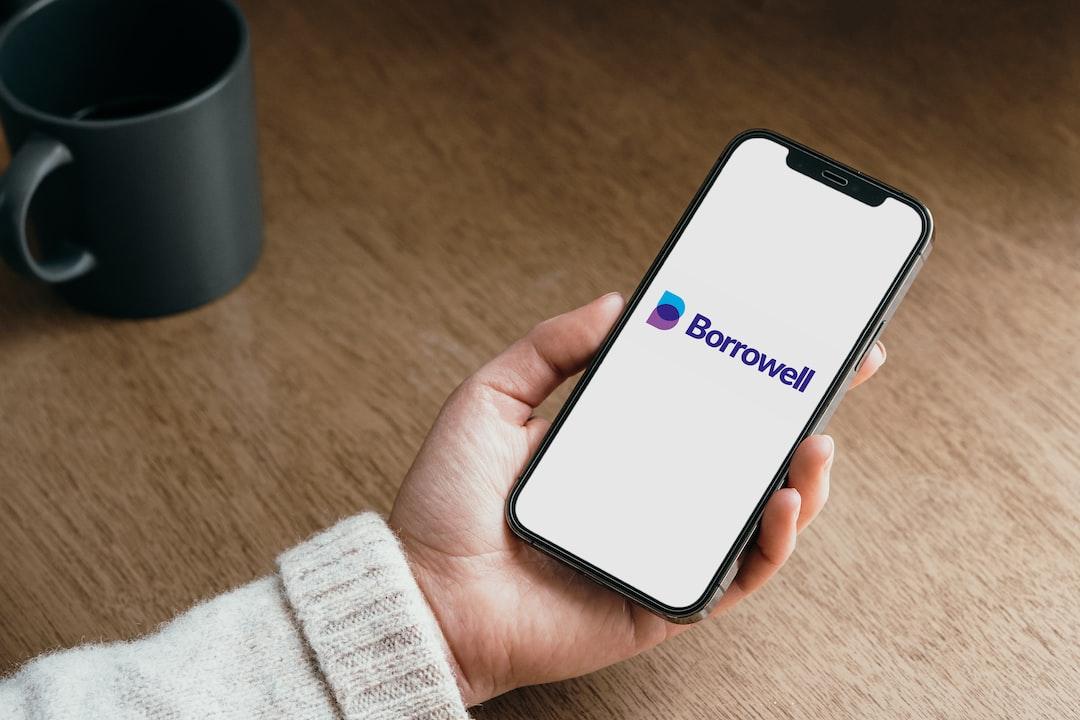The Ethereum ecosystem is on the verge of unlocking advanced security features and transaction functionality through the introduction of smart contract wallets and account abstraction. However, the adoption of this technology has been gradual. Safe co-founder, Lukas Schor, explained to Cointelegraph at ETHGlobal in London that smart contract accounts and account abstraction have the potential to unleash Ethereum’s full potential.
According to Schor, Ethereum creator Vitalik Buterin outlined three necessary transitions in a recent blog post, one of which involves moving to smart accounts. This is where Safe comes into play. Initially developed as an in-house multisignature wallet by Ethereum sidechain Gnosis, Safe was created to manage a significant amount of Ether raised during its initial coin offering. At the time, there were no tested multisignature wallets available, so Gnosis founder Stefan George decided to build his own and open-sourced it. This led to widespread adoption within the Ethereum community, making it the go-to option for multisignature wallets.
Eventually, Gnosis Safe evolved into a standalone offering that now serves as the smart account infrastructure for Ethereum users, layer-2 solutions like Optimism and Polygon, as well as exchanges like Bitfinex. Safe currently secures over $100 billion in value across more than 7.5 million smart account addresses.
Smart accounts provide significant improvements in security and user experience within the Ethereum ecosystem. They offer a range of functionalities that traditional ETH wallets cannot perform. Schor explains that smart accounts are programmable accounts that solve long-standing UX and security challenges in Ethereum, such as cross-chain interoperability and key management. This reduces the barriers to adoption.
One key feature of smart accounts is the ability to batch transactions, which allows for more seamless interactions with decentralized applications (DApps) by bundling multiple on-chain actions into a single transaction. Security guarantees are also enhanced through multisig functionality and key rotation, which enables the exchange of signing keys without migrating assets to a new account. Smart accounts can also automate traditional finance concepts like subscriptions and provide on-chain security features such as allow and deny lists, as well as the ability to block interactions with malicious contracts.
Furthermore, smart accounts can remove friction for non-Web3 users without an ETH wallet. They can be onboarded using Web2 social accounts or email addresses, with the option to migrate to a more trustless setup later on. DApps, exchanges, layer-2 protocols, and other chains can also sponsor gas fees, greatly improving the user experience of Web3 interactions.
Schor believes that the adoption of smart accounts will follow a “first slowly, then all at once” pattern. Development of smart accounts has been ongoing for six years, indicating a gradual adoption curve. The majority of users still utilize externally owned accounts (EOA) via wallets like MetaMask, which is a barrier to adoption. However, layer-2 protocols have the opportunity to start from scratch and the proposed migration EIP-7377 could expedite adoption, as wallets and DApps would no longer need to optimize for legacy users.
Safe has intentionally focused on specific user groups that would benefit the most from the additional security and flexibility of smart accounts, such as Ethereum ecosystem teams and DAOs. Adoption has gradually shifted towards less technical and lower-value use cases over time. Schor points to Worldcoin’s deployment of six million smart accounts as evidence of this trend and predicts that 2024 could be a breakout year for smart account adoption.
New catalysts, such as Coinbase leveraging smart accounts, the development of cross-chain smart accounts, and the implementation of EIP-7377, have the potential to drive the migration to smart accounts.
Related Posts
Add A Comment

